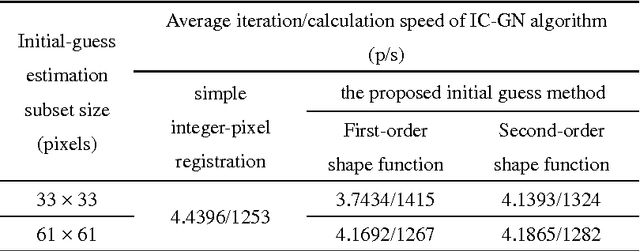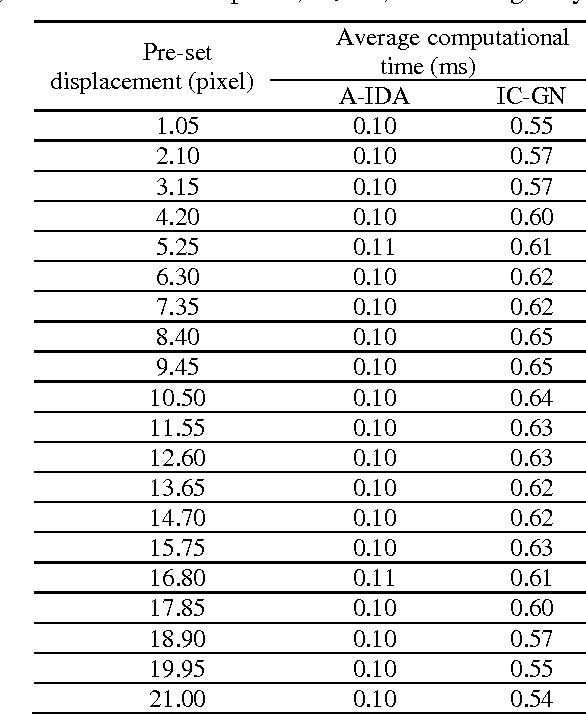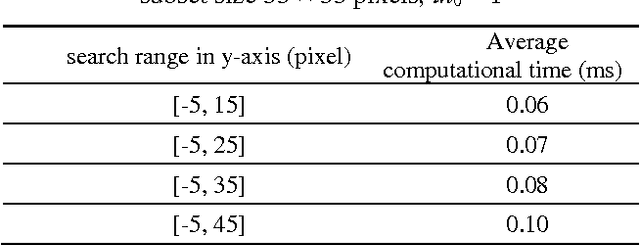Peihan Tu
TextureSAM: Towards a Texture Aware Foundation Model for Segmentation
May 22, 2025Abstract:Segment Anything Models (SAM) have achieved remarkable success in object segmentation tasks across diverse datasets. However, these models are predominantly trained on large-scale semantic segmentation datasets, which introduce a bias toward object shape rather than texture cues in the image. This limitation is critical in domains such as medical imaging, material classification, and remote sensing, where texture changes define object boundaries. In this study, we investigate SAM's bias toward semantics over textures and introduce a new texture-aware foundation model, TextureSAM, which performs superior segmentation in texture-dominant scenarios. To achieve this, we employ a novel fine-tuning approach that incorporates texture augmentation techniques, incrementally modifying training images to emphasize texture features. By leveraging a novel texture-alternation of the ADE20K dataset, we guide TextureSAM to prioritize texture-defined regions, thereby mitigating the inherent shape bias present in the original SAM model. Our extensive experiments demonstrate that TextureSAM significantly outperforms SAM-2 on both natural (+0.2 mIoU) and synthetic (+0.18 mIoU) texture-based segmentation datasets. The code and texture-augmented dataset will be publicly available.
Compositional Neural Textures
Apr 18, 2024



Abstract:Texture plays a vital role in enhancing visual richness in both real photographs and computer-generated imagery. However, the process of editing textures often involves laborious and repetitive manual adjustments of textons, which are the small, recurring local patterns that define textures. In this work, we introduce a fully unsupervised approach for representing textures using a compositional neural model that captures individual textons. We represent each texton as a 2D Gaussian function whose spatial support approximates its shape, and an associated feature that encodes its detailed appearance. By modeling a texture as a discrete composition of Gaussian textons, the representation offers both expressiveness and ease of editing. Textures can be edited by modifying the compositional Gaussians within the latent space, and new textures can be efficiently synthesized by feeding the modified Gaussians through a generator network in a feed-forward manner. This approach enables a wide range of applications, including transferring appearance from an image texture to another image, diversifying textures, texture interpolation, revealing/modifying texture variations, edit propagation, texture animation, and direct texton manipulation. The proposed approach contributes to advancing texture analysis, modeling, and editing techniques, and opens up new possibilities for creating visually appealing images with controllable textures.
Fast, Accurate and Fully Parallelizable Digital Image Correlation
Oct 12, 2017

Abstract:Digital image correlation (DIC) is a widely used optical metrology for surface deformation measurements. DIC relies on nonlinear optimization method. Thus an initial guess is quite important due to its influence on the converge characteristics of the algorithm. In order to obtain a reliable, accurate initial guess, a reliability-guided digital image correlation (RG-DIC) method, which is able to intelligently obtain a reliable initial guess without using time-consuming integer-pixel registration, was proposed. However, the RG-DIC and its improved methods are path-dependent and cannot be fully parallelized. Besides, it is highly possible that RG-DIC fails in the full-field analysis of deformation without manual intervention if the deformation fields contain large areas of discontinuous deformation. Feature-based initial guess is highly robust while it is relatively time-consuming. Recently, path-independent algorithm, fast Fourier transform-based cross correlation (FFT-CC) algorithm, was proposed to estimate the initial guess. Complete parallelizability is the major advantage of the FFT-CC algorithm, while it is sensitive to small deformation. Wu et al proposed an efficient integer-pixel search scheme, but the parameters of this algorithm are set by the users empirically. In this technical note, a fully parallelizable DIC method is proposed. Different from RG-DIC method, the proposed method divides DIC algorithm into two parts: full-field initial guess estimation and sub-pixel registration. The proposed method has the following benefits: 1) providing a pre-knowledge of deformation fields; 2) saving computational time; 3) reducing error propagation; 4) integratability with well-established DIC algorithms; 5) fully parallelizability.
Fast initial guess estimation for digital image correlation
Oct 12, 2017



Abstract:Digital image correlation (DIC) is a widely used optical metrology for quantitative deformation measurement due to its non-contact, low-cost, highly precise feature. DIC relies on nonlinear optimization algorithm. Thus it is quite important to efficiently obtain a reliable initial guess. The most widely used method for obtaining initial guess is reliability-guided digital image correlation (RG-DIC) method, which is reliable but path-dependent. This path-dependent method limits the further improvement of computation speed of DIC using parallel computing technology, and error of calculation may be spread out along the calculation path. Therefore, a reliable and path-independent algorithm which is able to provide reliable initial guess is desirable to reach full potential of the ability of parallel computing. In this paper, an algorithm used for initial guess estimation is proposed. Numerical and real experiments show that the proposed algorithm, adaptive incremental dissimilarity approximations algorithm (A-IDA), has the following characteristics: 1) Compared with inverse compositional Gauss-Newton (IC-GN) sub-pixel registration algorithm, the computational time required by A-IDA algorithm is negligible, especially when subset size is relatively large; 2) the efficiency of A-IDA algorithm is less influenced by search range; 3) the efficiency is less influenced by subset size; 4) it is easy to select the threshold for the proposed algorithm.
 Add to Chrome
Add to Chrome Add to Firefox
Add to Firefox Add to Edge
Add to Edge